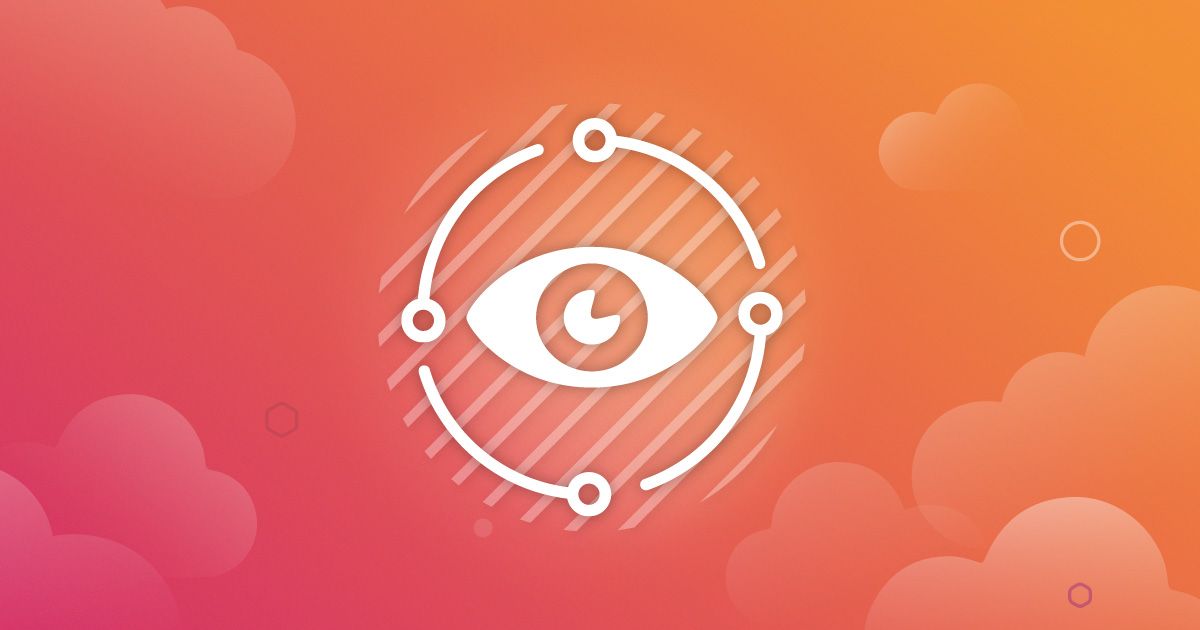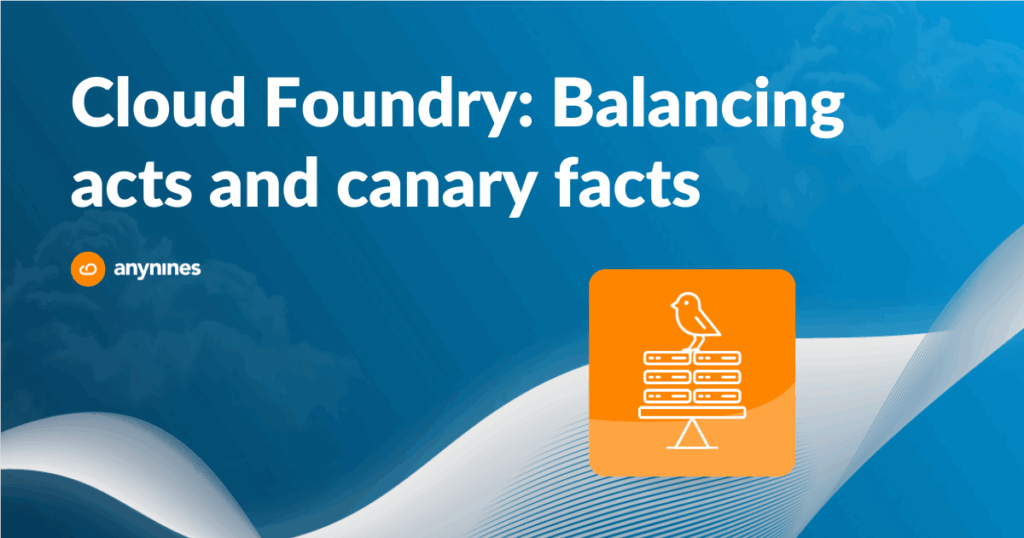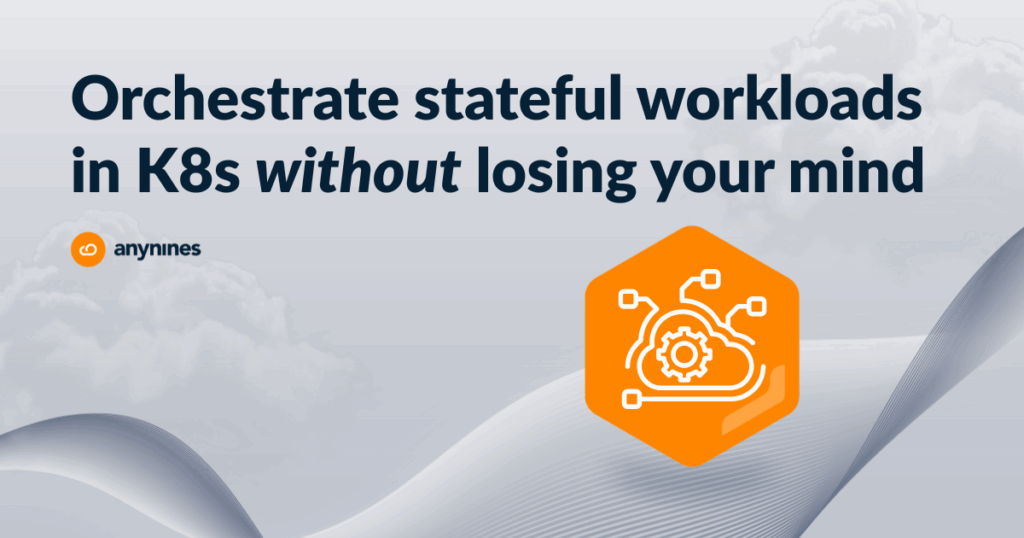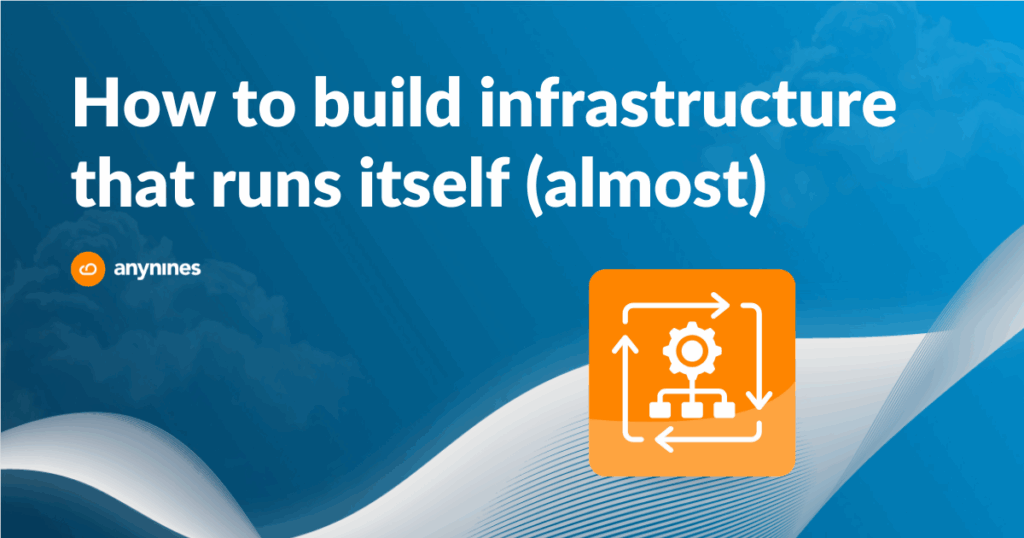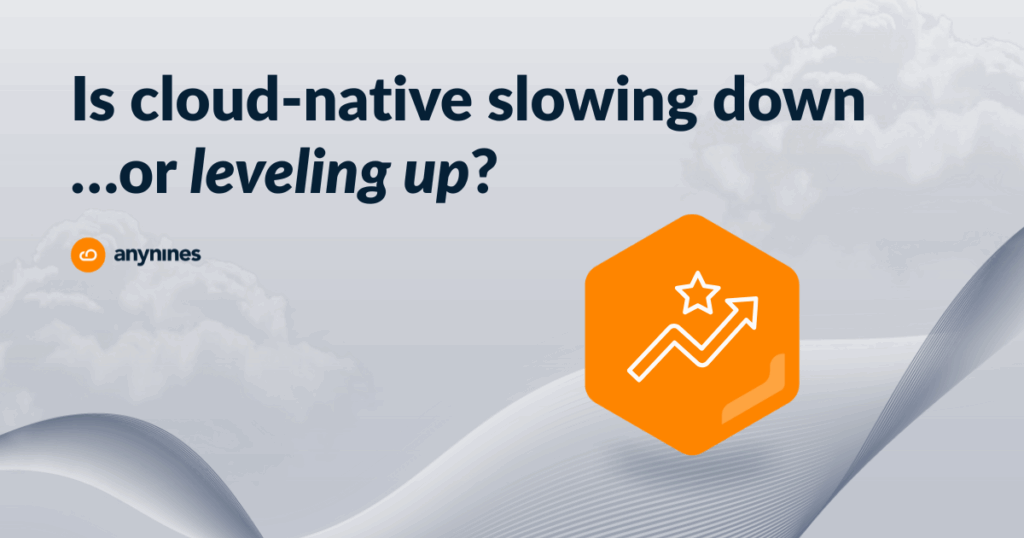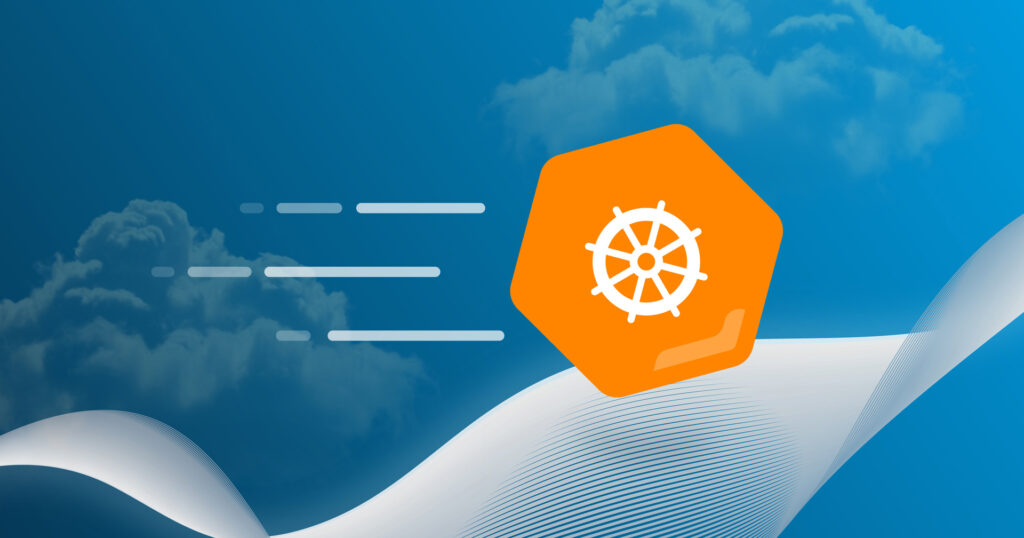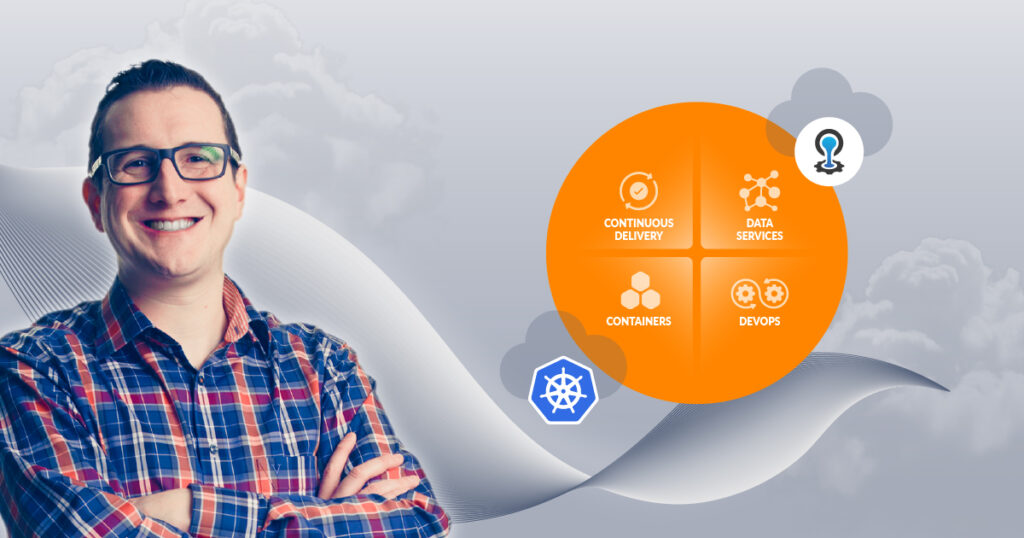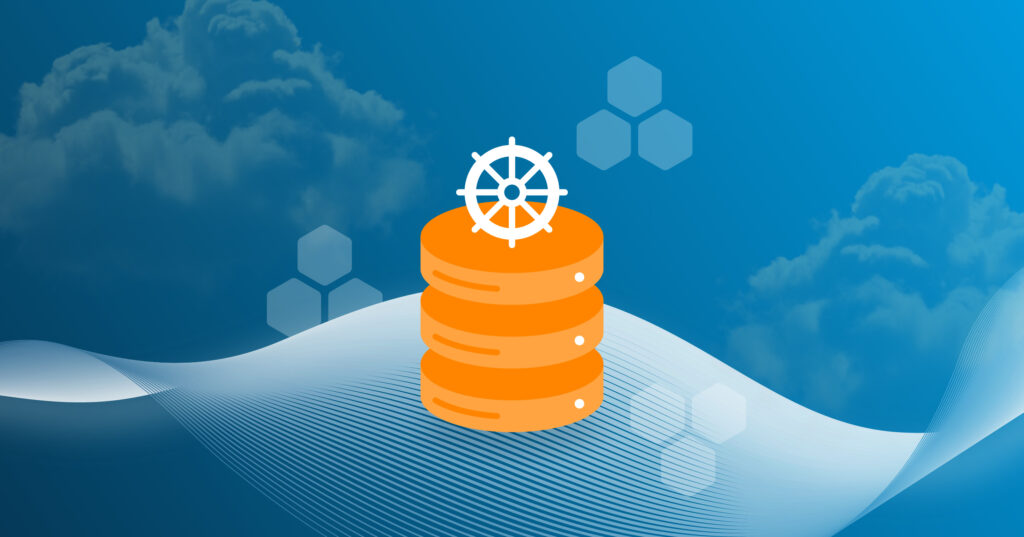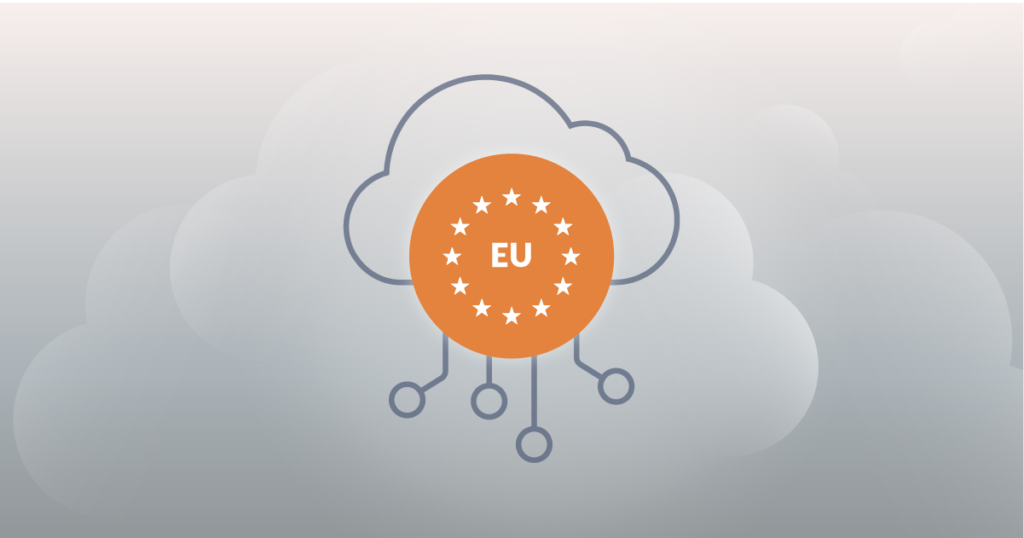In an interview with TFiR Media, Julian Fischer, CEO of anynines, emphasized the significance of observability for large organizations’ cloud-native platform teams. He noted the growing adoption of observability practices in the market, particularly among these sizable organizations. Many of these teams are already familiar with the challenges and complexities associated with managing a cloud-native platform.
“In their minds,” Fischer said, “Observability is usually very important because the platform team knows that they are going to have the operational responsibility for platform environments with a lot of different applications.”
In a platform environment where there are numerous application development teams—potentially up to 100—Fischer underscores the importance of observability and traceability. Each app development team is primarily responsible for its own application systems. However, to ensure a holistic view and effective troubleshooting, it’s crucial for developers to understand how one request in the system can impact multiple services across various teams.
Less errors, more efficient processes
To address this challenge, Fischer suggests being conscious of distributed debugging and logging data in a manner that converges into a single source of truth. This centralized repository of data enables developers to trace the journey of a request through different services, even those managed by other application teams. This approach facilitates cross-team collaboration and accountability.
He also mentions three specific observability tools—OpenSearch, a9s LogMe2, and Prometheus — and highlights the importance of tweaking them to meet individual requirements. OpenSearch is commonly used for searching, analyzing, and visualizing data; a9s LogMe2 is a logging solution for easy, efficient log management and analysis; and Prometheus is a monitoring and alerting toolkit.
Ways anynines assists with observability
anynines’ solutions have built-in observability features and integrations to help organizations gain insights into the performance, health, and behavior of their applications and infrastructure.
- Centralized monitoring
- Log management
- Integration with observability tools
- Tracing capabilities
- Alerting and notification systems
- Customization for individual requirements
- Support for DevOps practices
Cloud-native platforms typically provide centralized monitoring dashboards that offer a holistic view of the entire system. This includes metrics related to application performance, resource utilization, and overall system health.
Effective log management is crucial for troubleshooting and understanding system behavior. Cloud-native platforms often offer built-in log management capabilities, allowing users to aggregate, search, and analyze logs across different services.
Build or operate a platform environment via the a9s Platform or the services of the a9s Enterprise Platform Operations team (a9s EPO) that facilitates easy integration with observability tools such as a9s LogMe2 and a9s Search.
To address the challenge of tracing requests across multiple services, cloud-native platforms may integrate distributed tracing mechanisms. This helps in visualizing and understanding the flow of requests as they traverse through various components.
These cloud-native platforms also often integrate with monitoring tools, allowing users to set up alerts based on predefined thresholds or anomalies. These alerts ensure that teams are notified promptly when issues arise, enabling faster response times.
Additionally, cloud-native platforms typically provide configuration options, allowing platform operators to customize observability settings based on their specific requirements. This may include adjusting monitoring parameters, refining logging levels, or integrating additional tools as needed.
Since observability is crucial for DevOps practices, cloud-native platforms often align with DevOps principles. This includes fostering collaboration between development and operations teams, supporting continuous integration and delivery (CI/CD), and promoting a culture of shared responsibility.
Fischer’s shared insight revolves around the awareness of observability practices among large organizations’ cloud-native platform teams, the need for traceability across services managed by different app development teams, and the customization of tools to meet the specific requirements of individual organizations.
To learn more about how a9s LogMe2 or the a9s Platform can help solve your observability needs, reach out to our team.
